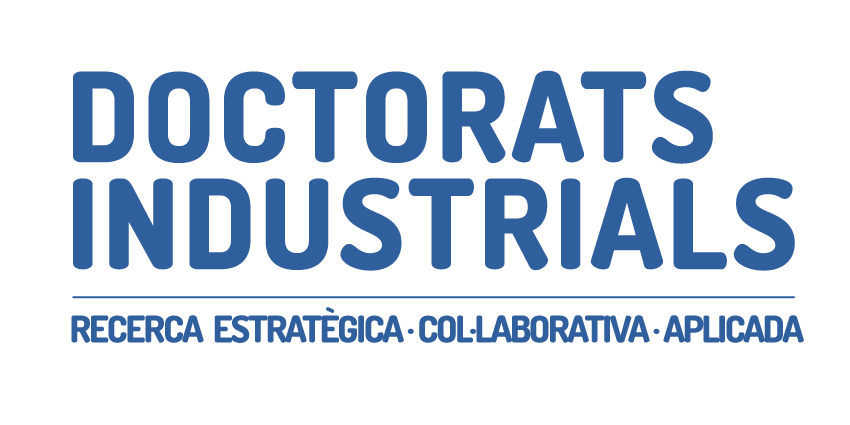Descripció del projecte
Machine Learning (ML) is one modern innovation that has helped people enhance not only industrial and Professional processes but also everyday living. ML has been used in multiple fields and industries and in particular in High Energy Physics (HEP) . For example, medical diagnosis, object classification, learning association, regression and image processing.
In the context of HEP, the use of ML is generalized at all steps of the projects: image reconstruction, particle or jet identification, classification, searching for new physics and tracking.
The ATLAS experiment, placed near Geneva (Switzerland), is a multipurpose detector at the LHC. It has been running very successfully since 2008 and has provided very relevant results, as the discovery of the Higgs boson in 2012, SM measurements, search for SUSY and exotic particles. The experiment is approaching the High-Luminosity LHC (HL-LHC) era, to be started in 2029, in which the amount of data will be increased by one order of magnitude to increase the potential for discoveries, in particular measuring some Higgs properties at the percent precision. In order to cope this, the detector will undergo major upgrades: new inner detector (ITk), important modifications in the calorimeters and muon system, the trigger and DAQ will be completely re-worked. In addition to this, an end-cap pixel timing detector will be placed close to the beam pipe: High Granularity Timing Detector (HGTD).
The Physics channel VBF H -> tau + tau + jets ( two vector bosons producing a Higgs which disintegrates into a pair of tau leptons accompanied by forward jets), is an appealing analysis at HL-LHC. This process will allow to verify some Higgs properties at the percent level using an enhanced jet reconstruction in the HGTD acceptance region. In order to achieve this, the analysis will use a an improved track reconstruction in the cores of jets.
Track reconstruction will be very challenging in the HL-LHC environment where the density of vertices is about 1.5 per mm. The new ITk detector will provide acceptable z position resolution and coverage in a substantial region which will be extended by HGTD to pseudorapidities between 2.4 and 4.
The development of novel methods for charged particle reconstruction at the HL-LHC incorporating Machine Learning techniques or based entirely on ML is a vibrant area of research. In the past two years, algorithms for track pattern recognition based on graph neural networks (GNNs) have emerged as a particularly promising approach.
This project will review the state-of-the art in charged particle reconstruction at the ATLAS experiment and will propose a new method based on GNNs combining ITk and HGTD information for HL-LHC. The improved track reconstruction will be assessed in the Physics channel VBF H -> tau + tau + jets.
Quantum mechanics has had a huge impact in many areas of science by providing a whole new mathematical framework that helped – and keeps helping – us to enhance our knowledge of Nature in a very accurate way. This theory is so powerful that its applications have soon reached the information science arena, giving rise to what could be – if not yet – a new technological revolution. Quantum effects have been recognized as a tool for computation that would not only help to keep up with Moore’s law of chip scaling as we can envisage transistors as small as one single atom, but also to find a more general representation of computation for a wide variety of hard tasks than the one offered by the classical Turing machine.
With this promised enormous potential, proving quantum advantage in currently available quantum devices and developing the first real-world practical applications of quantum computing has become a race between large academic institutions and technology companies. This has particularly brought a notorious variety of quantum machine learning algorithms that exploit the quantum properties of a system with the hopes to improve the capabilities of classical machine learning approaches, being this one of the target applications to proof quantum advantage. Yet, many theoretical questions regarding the universality and efficiency of the different proposed quantum models remain unknown. In this project we will aim to theoretically investigate and simulate quantum machine learning models and algorithms under the framework of quantum computation. We will explore different algorithms based on three different paradigms of quantum computation: gate model, adiabatic model and quantum reservoirs. We will put a particular focus on devising different efficient data encoding strategies using the data collected in the context of the ATLAS experiment and the development of new algorithms for pattern recognition and particle track reconstruction. We will then use this analysis task as a benchmark to compare between the different quantum algorithms and models of computation as well as comparing with the classical counterparts identified in the first part of the project in the pursue of identifying a potential quantum advantage in the intersection of machine learning and high energy physics.




